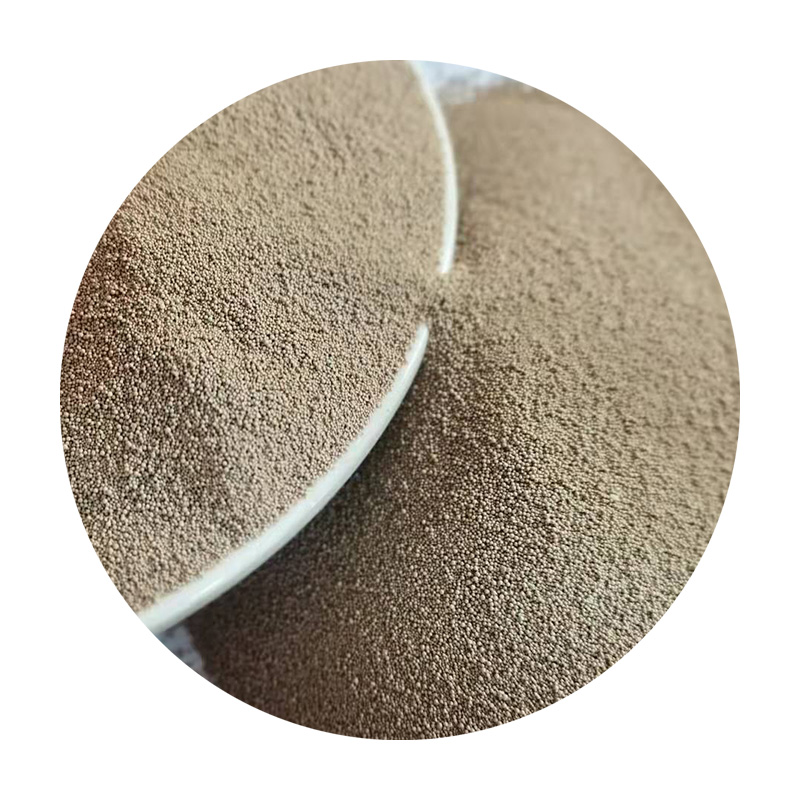The Significance of Coated Sand in Modern Industries
Coated sand, a beautifully engineered material, has become an integral part of various industries, particularly in the fields of construction, foundry, and oil extraction. Its unique properties stem from the application of a coating, typically made of resin or polymer, to standard sand grains. This innovation boosts performance and efficiency, allowing it to meet the ever-increasing demands of modern applications.
Understanding Coated Sand
Coated sand is produced by applying a thin layer of resin or another type of coating to regular sand grains. This process enhances the characteristics of sand, making it more suitable for specific industrial applications. The resulting material possesses improved strength, resistance to thermal degradation, and superior binding properties, making it favorable for foundry mold-making and various construction activities.
The coating process often involves the use of additives that not only enhance the sand's structural properties but also facilitate the sand's ability to hold together in molds or when mixed with other materials. This leads to greater durability and reduces the likelihood of defects in the final product.
Advantages of Coated Sand
One of the primary advantages of coated sand is its enhanced strength and durability. When used in foundries, coated sand creates molds that resist deformation and thermal shock during the casting process. This is crucial for producing high-quality metal castings, where precision and stability are paramount.
Moreover, coated sand exhibits remarkable flowability and compaction, which makes it easier to work with during construction projects. This property ensures even distribution when mixed with other materials, leading to a uniform end product. Additionally, its resistance to moisture and chemicals helps in maintaining structural integrity over time, making it a reliable choice for infrastructure projects.
coated sand

Another crucial benefit is its contribution to sustainability. The use of coated sand in construction and other industries reduces the need for less environmentally friendly alternatives. For example, in the oil and gas industry, it can minimize the ecological impact associated with hydraulic fracturing by reducing the volume of water and chemicals required for extraction processes.
Applications of Coated Sand
The applications of coated sand are numerous and varied. In the foundry industry, it is primarily used for creating molds and cores in metal casting processes. The enhanced properties of coated sand contribute to higher precision in cast products, which is essential for automotive, aerospace, and machinery manufacturing.
In construction, coated sand is utilized in producing high-performance concrete and asphalt mixes. Its ability to enhance the mechanical properties of these materials leads to stronger, longer-lasting structures. Furthermore, in the realm of environmental engineering, coated sand plays a pivotal role in filtration systems, providing efficient water treatment solutions while maintaining minimal environmental impact.
Additionally, coated sand has gained traction in the field of sports and leisure. It is often used as a topdressing for golf courses and sports fields, where its excellent drainage and erosion-control properties ensure a resilient playing surface.
The Future of Coated Sand
As industries continue to seek innovative solutions to improve performance and sustainability, the demand for coated sand is likely to grow. Ongoing research into modifying coatings to enhance their properties further promises to expand the applications of coated sand, leading to new possibilities in manufacturing and construction.
In conclusion, coated sand represents a significant advancement in material technology, offering enhanced performance, durability, and sustainability. Its diverse applications across various sectors demonstrate its importance in modern industry. As we move forward, continued innovation in coated sand production could lead to even more significant benefits, positioning it as a cornerstone in building a more efficient and environmentally friendly future.
Post time:Nën . 04, 2024 10:33
Next:3d sand printing
